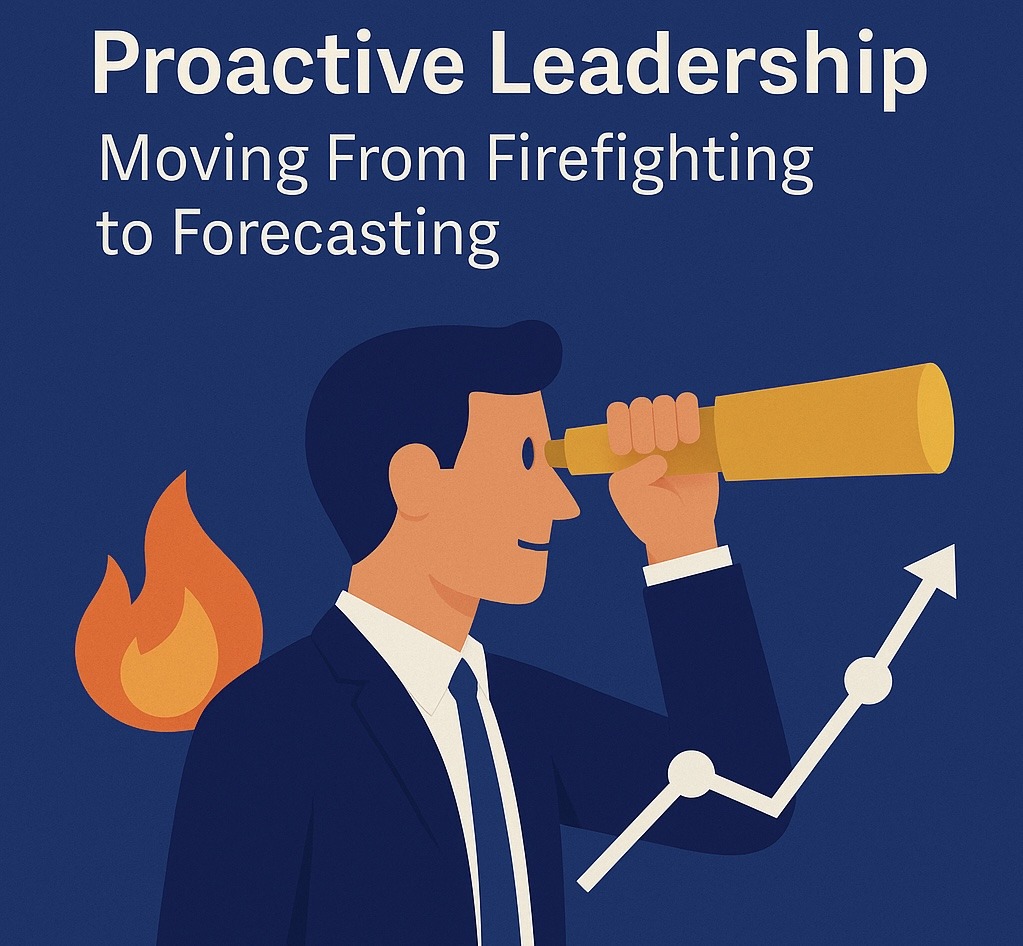
Change isn’t slowing down. New tools, shifting markets and evolving customer expectations mean that what worked last year might not work next quarter.
The teams that thrive aren’t just the most skilled, they’re the most adaptable. They learn fast, adjust easily and stay focused even when things feel uncertain.
Adaptability isn’t luck. It’s something leaders can build.
Create safety before speed
When change hits, some teams freeze while others adapt. The difference often comes down to psychological safety. Whether people feel comfortable speaking up, asking questions and trying new things without fear of failure.
Research by Google’s *Project Aristotle found that psychological safety was the single biggest factor behind high-performing teams. Without it, even the most talented people hold back.
Adaptable teams move fast because they trust that learning is valued more than getting it right every time.
Build feedback into the flow
Teams that grow quickly don’t wait for annual reviews to learn what’s working. They share feedback often. Short, useful and focused on improvement.
This rhythm helps teams adjust before small issues become big ones. It also keeps learning continuous instead of episodic.
Try simple habits like quick end-of-week reflections, “what went well / what to tweak” check-ins or team retros after key milestones. The goal isn’t to criticise. It’s to keep improving together.
Reward learning, not perfection
If success is always defined as “getting it right,” your team will naturally play it safe. But when you recognise learning, experimentation and progress, you build resilience.
Adaptable teams aren’t afraid to try new tools, suggest ideas or test better ways of working. They know that effort and insight are valued just as much as outcomes.
As one of my favourite quotes puts it, “The measure of intelligence is the ability to change.” — Albert Einstein.
The leadership challenge
In a world that keeps shifting, the best thing you can give your team isn’t certainty, it’s confidence.
Confidence that they can adapt, learn and thrive no matter what comes next.
When you build adaptability into your culture, you’re not just preparing for change. You’re shaping a team that grows stronger because of it.
Want to go deeper?
If you’re ready to help your team stay motivated, engaged and adaptable, take a look at my course How to Develop Your Team. It’s built to help you unlock long-term performance through trust, feedback and growth.
*Sources
- Google re:Work – Project Aristotle: Understanding team effectiveness
- Harvard Business Review – How to Build a Culture of Adaptability (2022)


